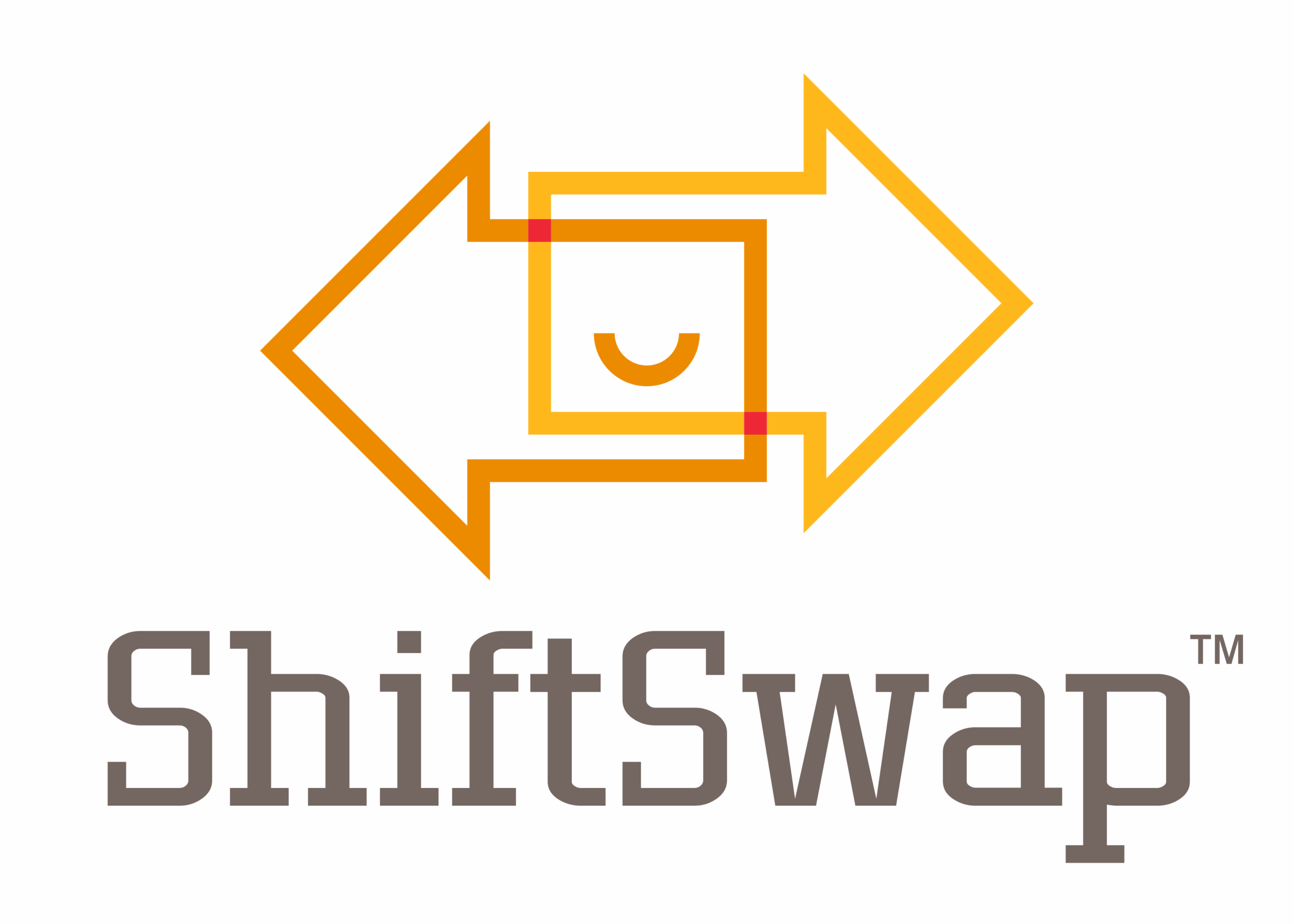Empowering Industry 4.0 Through Workforce Management
The Fourth Industrial Revolution, also known as Industry 4.0, has been redefining manufacturing through the adoption of advanced technologies, including artificial intelligence (AI), automation, robotics, the Internet of Things (IoT), and cloud computing. These advancements are paving the way for smarter factories, more efficient processes, and real-time data integration, leading to remarkable operational efficiency.
Yet, achieving success in this highly dynamic landscape requires more than technological upgrades. A motivated, adaptable, and empowered workforce is crucial for fully harnessing the potential of Industry 4.0. A recent article in The Manufacturer touches on this subject perfectly, highlighting the integration of human and technological capabilities in workforce management.
Workforce management solutions have become indispensable for achieving operational excellence and keeping employees engaged and ready for swift innovation. In this article, we’ll dive into how workforce strategies can align with the goals of Industry 4.0 and drive exceptional results.
The Role of Workforce Management in Industry 4.0
Industry 4.0 is defined by intelligent systems that rely on a human workforce capable of understanding and collaborating with these technologies. While machines take care of repetitive tasks, it’s the workers who bring critical thinking, creativity, and problem-solving skills to the table, driving innovation and process improvement.
As automation and AI continue to enhance production processes, manufacturers are realizing the urgent need to optimize their workforce. A workforce management system plays a vital role in matching employee skills with organizational demands, ensuring that the right people are in the right roles at the right times.
For instance, a factory utilizing predictive maintenance through IoT sensors needs technicians who can quickly interpret data and respond accordingly. Workforce management tools help ensure these technicians are scheduled effectively, minimizing downtime and boosting overall productivity.
Workforce Management Enhances Operational Efficiency
Today’s workforce management systems are game changers, allowing for skill-based scheduling, optimizing labor distribution, and cutting down on compliance errors. These enhancements not only boost productivity but also help businesses stay ahead in the evolving advancements of Industry 4.0.
Skill-Based Scheduling for Specialized Tasks
One standout feature of workforce management is skill-based scheduling. By taking a close look at employees’ skills, certifications, and experience, these systems can match tasks with the most qualified individuals. This approach not only guarantees top-notch results but also reduces the time required for training or corrections.
For example, on an automated assembly line, certain adjustments may require a technician skilled in both mechanical and programming areas. Workforce management software can pinpoint and schedule these experts, ensuring everything runs smoothly.
Manufacturing settings often have to navigate strict regulations, including labor laws, union agreements, and safety protocols. Workforce management systems streamline compliance by aligning schedules and workflows with these rules, significantly reducing the chances of errors or penalties.
Building Employee Engagement in Industry 4.0
Engaged employees are more productive, innovative, and committed to organizational success. Research from Gallup reveals that engaged teams experience:
- 78% less absenteeism: Engaged employees are more motivated to show up and contribute.
- 21% lower turnover: Companies retain top talent, reducing the costs associated with hiring and training new employees.
- 14% increase in productivity: Workers who feel valued and involved perform better.
- 23% boost in profitability: Improved performance translates into tangible financial gains.
Advanced workforce management systems significantly enhance engagement by providing employees with more control over their schedules, facilitating smoother communication, and offering tools for feedback and professional growth. When workers feel empowered and supported, they’re much more likely to embrace new technologies and help drive the organization’s goals forward.
Expanding on technology advancements, a study by Ricoh found that:
- 42% of employees believe outdated technology negatively impacts job satisfaction.
- 28% cite working conditions as a factor in seeking alternative employment.
- 24% consider the quality of workplace technology a key reason for leaving their job.
By implementing advanced workforce management systems that simplify scheduling and improve communication, companies can tackle these issues and ultimately improve employee retention.
Addressing Frontline Worker Needs
Frontline workers, who make up a large portion of the manufacturing workforce, are vital to the success of Industry 4.0. However, they often deal with challenges like inflexible schedules and last-minute shift changes.
In fact, 50% of frontline workers say that flexibility and work-life balance are key factors in deciding whether to stay with or leave an employer. By using demand-based and skill-based scheduling, manufacturers can create a more engaged and satisfied workforce.
With ShiftSwap™, employees can easily post shifts for coverage, grab colleagues’ shifts, and get quick approvals from managers, all through a user-friendly platform. Job satisfaction increases, and it also helps lower turnover rates, ensuring a stable and motivated workforce while addressing a major source of employee dissatisfaction: the struggle for a work-life balance.
Employee Satisfaction
Getting payroll right is another essential part of workforce management. Mistakes in pay can damage trust, lower morale, and lead to high turnover.
Many companies are adopting variable pay structures that are contingent upon tasks, shifts, and performance metrics. For example, employees who work night shifts or handle hazardous materials may receive extra pay. Attempting to manage all these details manually can lead to errors.
That’s where advanced workforce management systems come in. They automate payroll processes to ensure everything is accurate and transparent. By collecting real-time data on hours worked, shift types, and regulatory requirements, these systems help create precise paychecks and reduce discrepancies. Building a culture of trust and reliability is key to retaining employees.
Now, let’s talk about integrating AI into workforce management. When you combine these solutions with AI technology, you create a powerful operation for making informed decisions. AI insights allow manufacturers to predict workforce needs, optimize staffing, and quickly adapt to market changes.
Here are some benefits of merging AI with workforce management:
- Proactive Workforce Planning: Anticipate labor needs before they become urgent.
- Enhanced Operational Flexibility: Adapt quickly to changes in demand while maintaining efficiency.
AI-driven workforce management systems can also handle sudden changes, like unexpected absences or shifts in production schedules. By automating these adjustments, manufacturers can maintain smooth operations without interrupting workflows.
The Metrics That Matter
Data is the glue of Industry 4.0, and workforce management systems provide actionable strategies for key performance metrics.
Here are some critical metrics to keep an eye on:
- Absenteeism Rates: Spot patterns that might indicate disengagement or burnout.
- Engagement Levels: Evaluate the effectiveness of your employee engagement strategies.
- Fatigue Prevention: Monitor workload distribution to help prevent burnout.
By leveraging these metrics, organizations can continually refine their workforce strategies, ensuring they align with their operational goals.
Closing the Gap: Workforce Management as a Strategic Asset
The path to success in Industry 4.0 is just as much about the people involved as it is about the technology itself. Workforce management systems play a key role in bringing together human talent and technological advancements to achieve exceptional levels of operational excellence.
These systems not only boost employee engagement and flexibility but also ensure that payroll is accurate and compliant. They empower organizations to tackle the challenges of Industry 4.0 with confidence.
Are you ready to elevate your workforce management strategies? Find out how ShiftSwap™ can position you as a leader in Industry 4.0.
Start Planning for Success
Schedule a demo with ShiftSwap™ today and learn how to streamline your workforce management.

